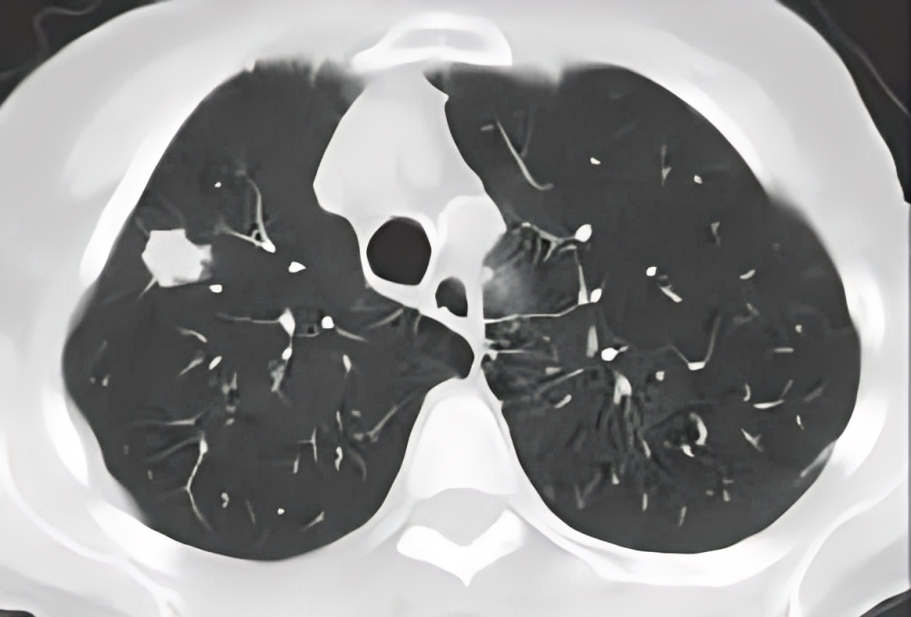Battling the Silent Threat: Understanding and Confronting Lung Cancer.
Lung cancer remains a formidable adversary in the realm of oncology, posing significant challenges to both medical professionals and individuals worldwide. As one of the leading causes of cancer-related deaths, lung cancer demands increased awareness, early detection, and ongoing research efforts. This article aims to shed light on the various aspects of lung cancer, from its risk factors and symptoms to diagnostic methods, treatment options, and the importance of fostering a supportive community for those affected.
To Know More About It Please Click Here
Understanding Lung Cancer
- Risk Factors: Lung cancer is often associated with tobacco smoke, constituting the primary risk factor for its development. However, non-smokers can also be affected, with factors such as exposure to secondhand smoke, environmental pollutants, radon gas, and genetic predisposition playing significant roles. Occupational exposures, like asbestos and certain chemicals, are additional contributors to lung cancer risk.
- Types of Lung Cancer: Lung cancer is broadly categorized into two main types: non-small cell lung cancer (NSCLC) and small cell lung cancer (SCLC). NSCLC is the more common form, representing about 85% of cases, while SCLC tends to be more aggressive. Each type requires specific approaches to diagnosis and treatment.
- Symptoms and Detection: Lung cancer often presents few symptoms in its early stages, contributing to its challenging nature. Persistent cough, shortness of breath, chest pain, unexplained weight loss, and recurrent respiratory infections are common signs. Diagnostic methods include imaging studies, such as chest X-rays and CT scans, as well as bronchoscopy and biopsy to confirm the presence of cancerous cells.
- Treatment Options: The choice of treatment for lung cancer depends on various factors, including the type and stage of the cancer, as well as the patient’s overall health. Common treatment modalities include surgery, chemotherapy, radiation therapy, targeted therapy, and immunotherapy. Multidisciplinary collaboration is often key to devising a comprehensive and personalized treatment plan.
- The Role of Supportive Care: Beyond medical interventions, the importance of supportive care cannot be overstated. Lung cancer patients benefit from holistic support that addresses the emotional, psychological, and practical aspects of their journey. Support groups, counseling services, and palliative care play crucial roles in enhancing the overall well-being of individuals and their families.
- Prevention and Awareness: Public awareness campaigns and educational initiatives are essential in preventing lung cancer. Encouraging smoking cessation, promoting healthy lifestyle choices, and raising awareness about the risks associated with environmental exposures are pivotal in reducing the incidence of this disease.
To Know More About It Please Click Here
Conclusion
Lung cancer is a formidable foe that requires a comprehensive and united effort from healthcare professionals, researchers, policymakers, and the public. Through increased awareness, early detection, ongoing research, and a commitment to providing compassionate support, we can strive to improve outcomes for those affected by lung cancer. It is a collective responsibility to tackle this silent threat and work towards a future where lung cancer is not only better understood but also more effectively prevented, diagnosed, and treated.




